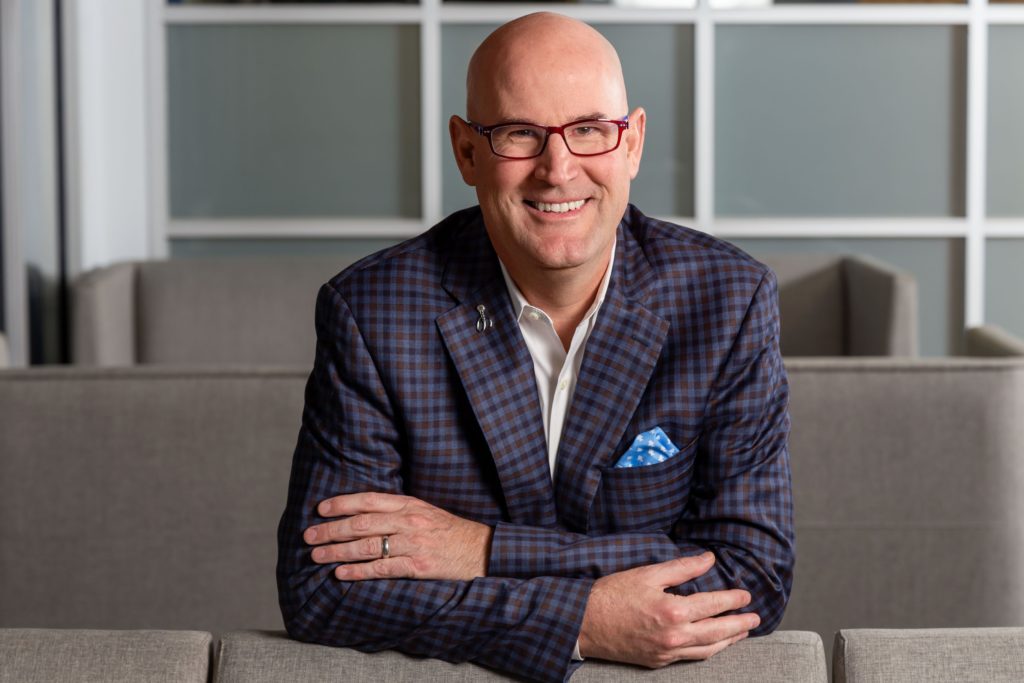“I spent my whole life getting in trouble because I couldn’t sit still, be quiet, and do what I was told. Then at some point, as an adult, I realized I was getting paid to stand up, talk, and run my own business… The very thing that people spent their whole life telling me not to do (my own parents used to call me “motormouth”) was the thing I was getting paid for. It was the thing that I was doing really well.”
David Rendall learned about the connection between weakness and strength in a very personal way. He further explains his revelation in the seminal book, “The Freak Factor.”
“I discovered that my weaknesses were strengths. I started to wonder whether that may be true for other people and in business. I developed the concept of the Freak Factor, developed an assessment, wrote a book, and started gathering stories about how seemingly obvious weaknesses are also strengths and how the things that sometimes we’re fixing to get better are actually the things we should be flaunting or amplifying or embracing.”
David pointed out an inherent conflict.
“Our parents, teachers, and managers teach us that we need to find and fix our flaws in order to be successful in life and business. There are four elements to this seemingly universal belief system:
1. We believe that to be successful we need to be normal, fit in, and not stand out. This means that we should be strong and follow the herd.
2. We think we should fix weaknesses and improve flaws in our companies. We believe that well-rounded and well-balanced companies are the ones that win.
3. We’re convinced that our company could be great at everything if we are diligent enough. Similarly, we think we could make everyone, or at least most people, happy if we try hard enough.
4. We believe that our company could stand out if we just have the discipline and perseverance to be better than the competition.
All of these beliefs seem empowering, but they are actually debilitating. They tell us that we have the potential to succeed, but they mislead us as to where that potential lies and how we should apply that potential. These beliefs lead to companies defining their strengths and weaknesses using the same measurements and standards as their competitors.”
In Pink Goldfish 2.0, David and I offer four competing beliefs:
1. Fitting in and becoming a copycat brand will never lead to success. Benchmarking and best practices are not the path to greatness.
2. Trying to fix a weakness is a waste of time and effort.
If you try to be great at everything, you will end up being great at nothing.
3. If you try to please everyone, you won’t end up pleasing anyone. You’ll end up average, mediocre, and invisible.
4. Discipline and perseverance are finite resources. We have to be efficient in how and when we choose to use them.
Takeaway: It is good to be different, to stick out, and be unique. Flaunt your weaknesses, instead of fixing them.
Follow me on Twitter or LinkedIn.

Stan Phelps walks the walk. He stands out in the sea of sameness by modeling his own Differentiated Experience (DX) message: Differentiation isn’t just about what you say, it’s about what you do and, more importantly, how and why you do it. Stan leverages his unique collection of 5,000+ case studies on customer, employee, and brand experience to engage audiences with informative learning-based experiences. He believes purposeful DX wins the hearts of employees and customers, and differentiation ultimately boosts loyalty, retention, referrals, and results.
Find Stan’s in-person and virtual keynotes, workshops, and Goldfish tank programs at StanPhelps.com.

